Cuba
A museum in the Cuban town of Sancti Spiritus is hoping to make the cotton 'guayabera' shirt just as internationally famous as cigars, rum and palm trees.
Perfect for Cuba's tropical climate, the light cotton shirt known as the guayabera is comfortable, cool, and a national symbol.
A three century-old tradition
Sixty-two-year-old Fidel Diaz Gutierrez sews guayaberas by hand, one by one on an old Singer machine.
“The pleats are the ones that take the most work because you have to make them one by one, and you mould them with your fingernail," he says.
His workshop is in the old town of Sancti Spiritus, 345 kilometres from the capital, Havana.
Experts say that the guayabera was born here before beginning its three-century ascent from the clothing of field labourers to an elegant, formal garment.
Uniquely Cuban
Along the way, it has always been uniquely Cuban, even in its design.
“The original guayabera has on the shoulder piece the triangle of the flag, the button, which is the star, the five pleats represent the five stripes of the (Cuban) flag," explains guayabera expert Pedro Luis Fleitas.
“Anyone who wears this shirt is changed. Something strange happens. It is like a fantasy, like the story of Cinderella, the person is transformed,” he adds.
The iconic shirt even has a museum in the town where visitors can view 272 guayaberas and dresses, some of them donated by the famous people who wore them.
Among the most prized are the shirts of former Cuban leaders Fidel and Raúl Castro which hang behind glass.
So too does the guayabera owned by Nobel Prize-winning novelist Gabriel García Márquez.
Formal attire
In the tropical climate, this light-coloured, absorbent garment has become the formal wear of choice, replacing the European suit and olive green military uniforms.
"People used to get married dressed like soldiers," explains Carlo Figueroa, Director of Guayabera House museum.
"So, I think that all these forms of dress fell into disuse among the population. Logically other countries began to use them (guayaberas) as fitted suits," he says.
According to local lore, the first of these shirts were made in the early eighteenth century by Encarnación, the wife of an Andalusian emigrant living on the banks of the Yayabo River.
Time did the rest.
The best guayaberas went to mass on Sundays, to family parties or cockfights; until they settled in the salons, travelled the world, to return and become in 2010 the dress of Cuban protocol.
Fit for kings
Fidel Castro surprised summit attendees in 1994 by wearing a guayabera instead of the familiar olive green uniform.
Since then, it has become the official garment of heads of state, attending summits on the torsos of presidents and even the King of Spain.
For modern designers, the guayabera is a timeless, Cuban classic.
“When you think of Cuba you think of the guayabera, tobacco and the royal palm tree," says Mario Freixas, the owner of a workshop and haute couture store in Havana.





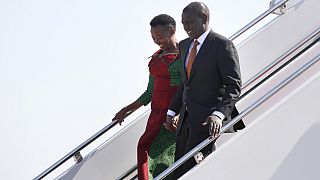
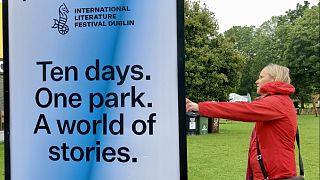
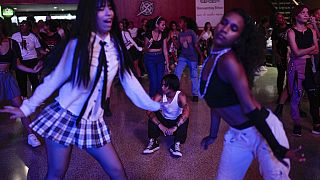
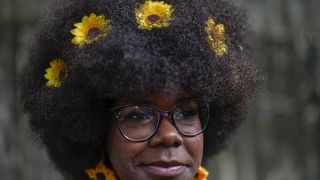
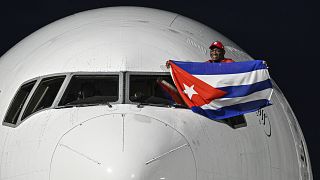
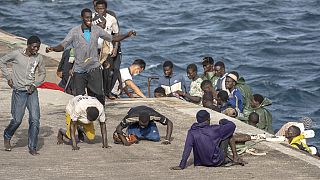

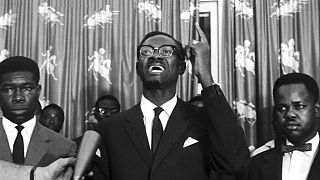
02:19
From tattoos to bark cloths, Samoa keeps proud traditions alive
02:19
Erykah Badu given Council of Fashion Designers of America’s fashion icon award
01:11
Paris' Salon du Chocolat opens its doors
02:19
Afrobeats superstar, Davido, struts the catwalk at Lagos Fashion Week
00:50
Next Met Gala theme and celebrity chairs revealed
01:24
Naomi Campbell barred from being charity trustee in England, Wales